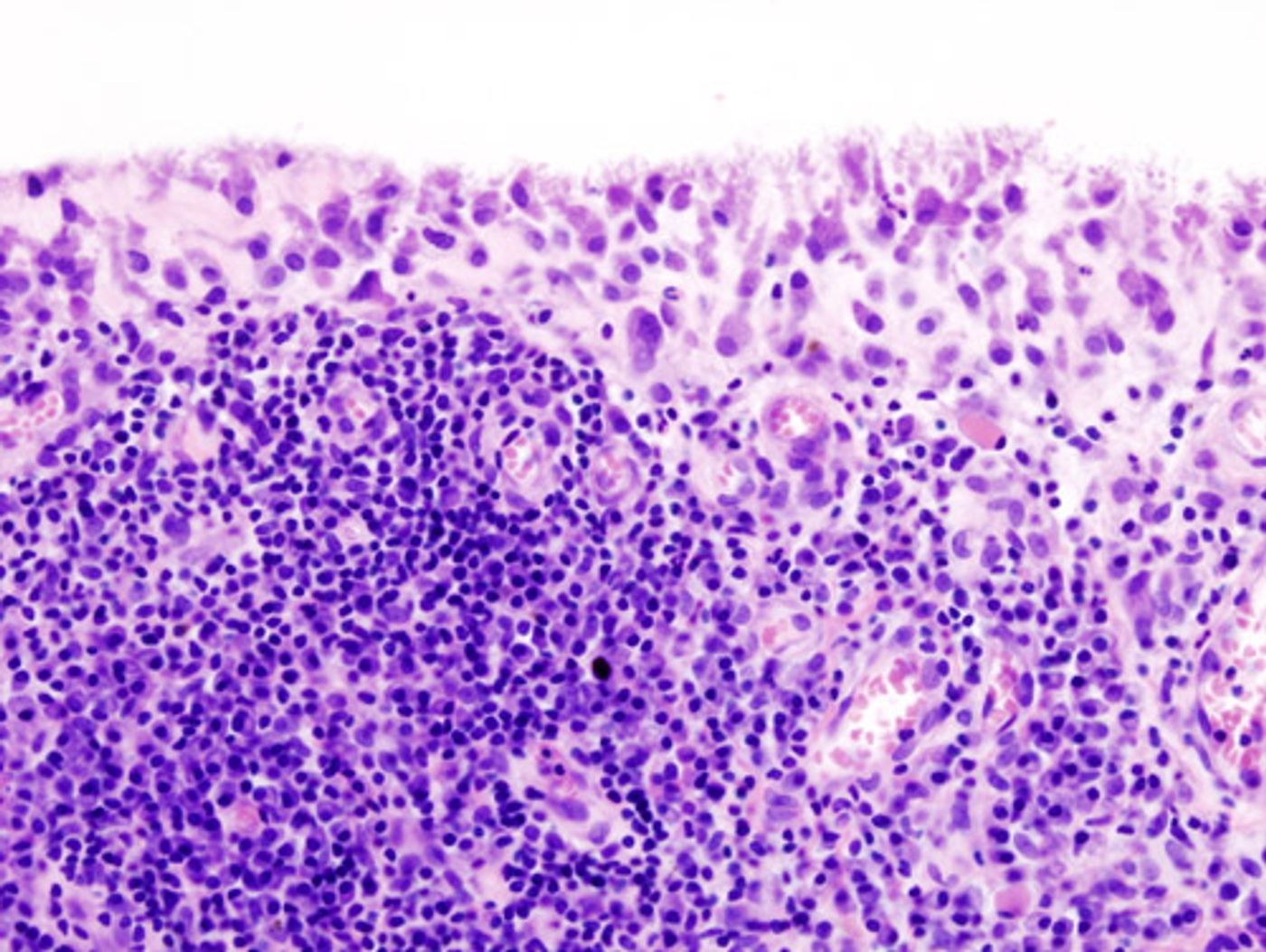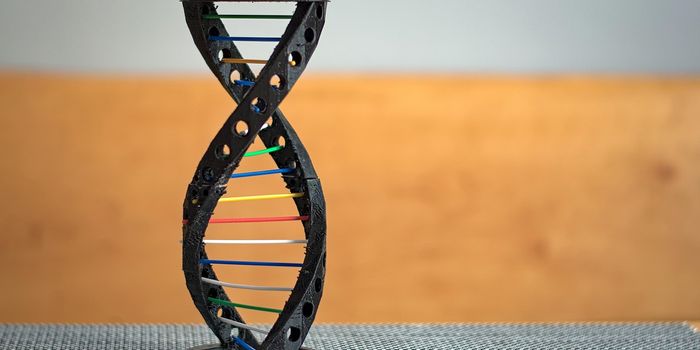Targeting the Root Cause of Rheumatoid Arthritis
Rheumatoid arthritis (RA), an autoimmune disease, impacts 1.5 million people in the United States, and scientists are still baffled about what triggers onset of the disease. From the University of Erlangen-Nuremberg in Germany, researchers single out a particular immune cell that may be responsible for chronic inflammation in RA, at least in part.
Innate lymphoid cells (ILCs) are relatively new to the breadth of knowledge the scientific community has concerning the immune system; their classification into three subtypes only occurred in 2013. But in the present study, ILCs are implicated in RA for their role in inflammatory fluctuations. In addition to playing a role in controlling autoreactive inflammation like that in RA, ILCs have been shown to be involved with resisting pathogens, tissue remodeling, and regulation of cancer and metabolism.
Principal investigator of the new study, Dr. Andreas Ramming, describes ILCs as “hibernating” in RA patients when they should be dissolving chronic inflammation. “When innate lymphoid cells are 'woken up', this puts a stop to the inflammation and to the damage to the joint," Ramming explained.
In patients with RA, synovial tissue thickens, causing swelling and pain; in a healthy situation, the synovial tissue instead acts as a facilitator of joint movement, cushioning the joints as they bend. Long-term effects of thickening synovial tissue include a loss of cartilage and joints becoming loose, unstable, painful, and less mobile. The damage done to joints via RA is often irreversible, prompting doctors to begin anti-inflammatory treatment soon after diagnosis.
"A particularly worrying aspect for those affected is the fact that the inflammatory response in joints is exceptionally chronic and thus usually requires lifelong treatment," explained Prof. Georg Schett.
Ramming and Schett were interested in the role of ILCs in RA-induced joint inflammation mainly as a way to monitor the progression of the disease. They thought that by measuring levels of ILCs in the blood, they could get a sense of how well a certain treatment was working, improving the accuracy of a particular prognosis.
Each person’s experience with RA is different, and using ILC numbers as a way to depict the current state of the disease could help medical professionals approach each individual case of RA with a personalized plan. "These findings will make it possible to significantly improve the quality of treatment of seropositive rheumatoid arthritis in future with the help of innate lymphoid cells," Ramming confirmed.
It is not known for sure what triggers RA, but studies show that genetics (RA tends to run in families), hormones (a disproportionate number of women are affected by RA), and smoking increase a person’s risk of developing the condition.
The present study is published in the journal Nature Medicine.
Sources: Arthritis Foundation, Nature Immunology, NHS, University of Erlangen-Nuremberg









